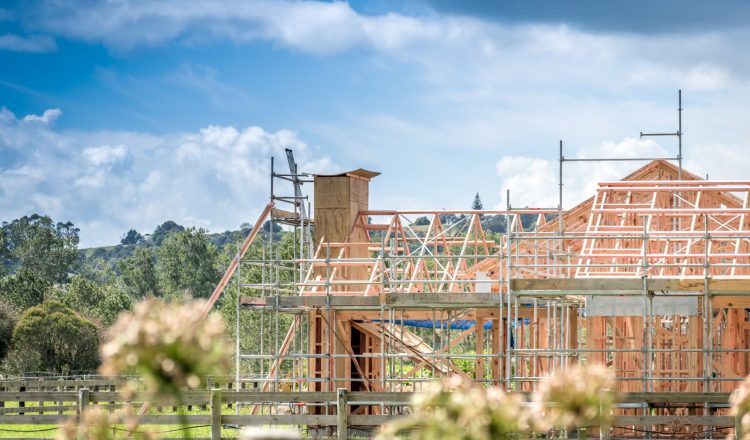外国人による不動産の所有
ニュージーランドには、政府の許可なくして、ニュージーランド国籍を持たない人や永住権を持つ人が購入できない不動産があります。国土情報省海外投資局(Overseas Investment Office:OIO)は、外国人がニュージーランドで不動産投資を行うための承認申請を審査する役割を担っています。
申請をしなくても不動産を購入できる人は以下の通りです。
- ニュージーランド国民
- ニュージーランドの永住者
- オーストラリア国籍の方
- シンガポール国籍の方
これらのカテゴリーに該当しない人は、購入時に制限があり、ほとんどの場合、国土情報省海外投資局の承認が必要となります。
購入するためには何が必要ですか?
IRD番号
ニュージーランドで不動産や土地を購入する際に必要となるものの一つに、ニュージーランドのIRD番号があります。IRD番号とは、歳入庁が個人・非個人を問わずお客様に発行する固有の番号です。これらは、政府を通じて申請することができます。そのためには、まずニュージーランドの銀行口座を開設しなければなりません。また、オフショアの方は、本国での納税番号や詳細を提出する必要があります。
身分証明
2019年1月1日より、ニュージーランド政府のマネーロンダリング防止法に基づき、不動産を売却する方は、本人確認のための証明書の提出が必要となります。場合によっては、購入者にも、AML要件を満たす方法で本人確認を求められることがあります。
手付金
手付金は、購入金額の30%以上をご用意ください。それ以下の金額では、ご購入いただけない場合があります。
PAYEフォーム
もしあなたが銀行からお金を借りようとしているのであれば、正社員として働いている時のPAYEフォームが必要になります。ただの自営業者や契約社員では取得できません。
ニュージーランドでの物件購入時の資金調達について
海外からの収入がある場合、銀行は一般的に対応が難しいと言われています。銀行は前述のように、信頼できる国の信頼できる雇用主からのPAYE収入しか受け付けません。繰り返しになりますが、前述のように、自営業や契約社員の場合、銀行からお金を貸してもらうのは非常に困難です。
ニュージーランド国籍を持たない外国人バイヤーが資金を調達するには、非銀行系の金融機関を利用する必要があります。これらの住宅ローン金利は、通常5.5%から7.5%程度です。

















































